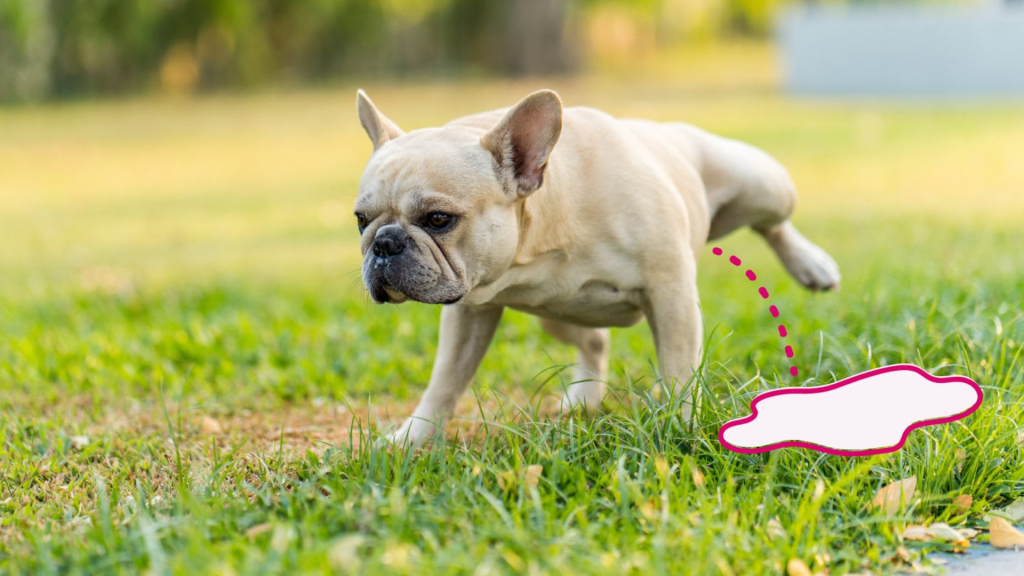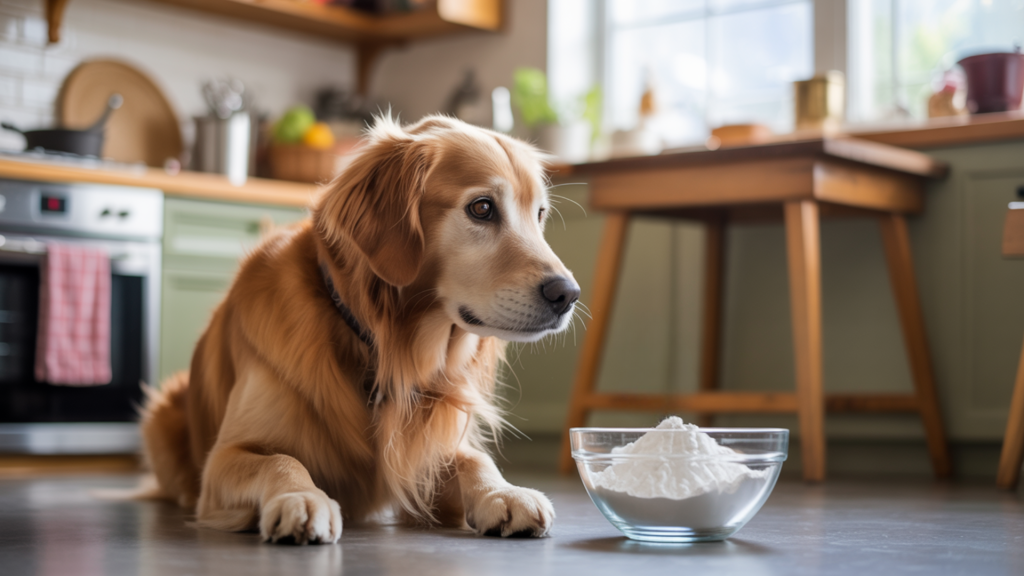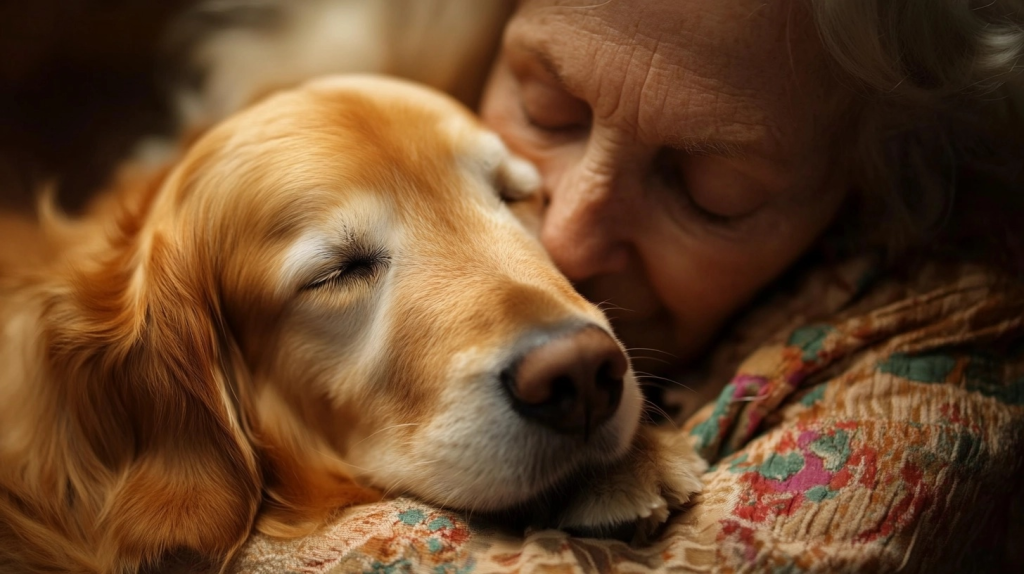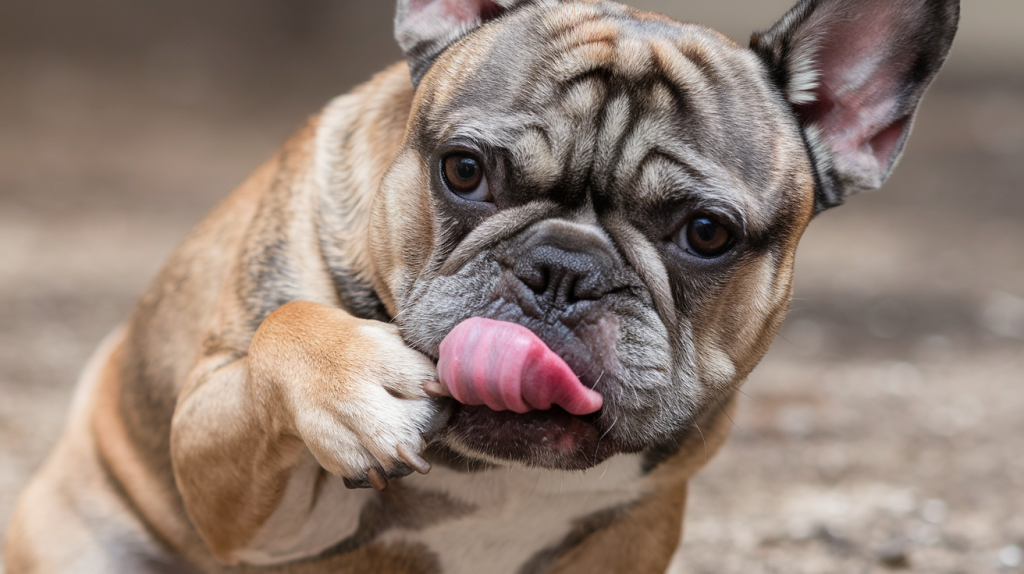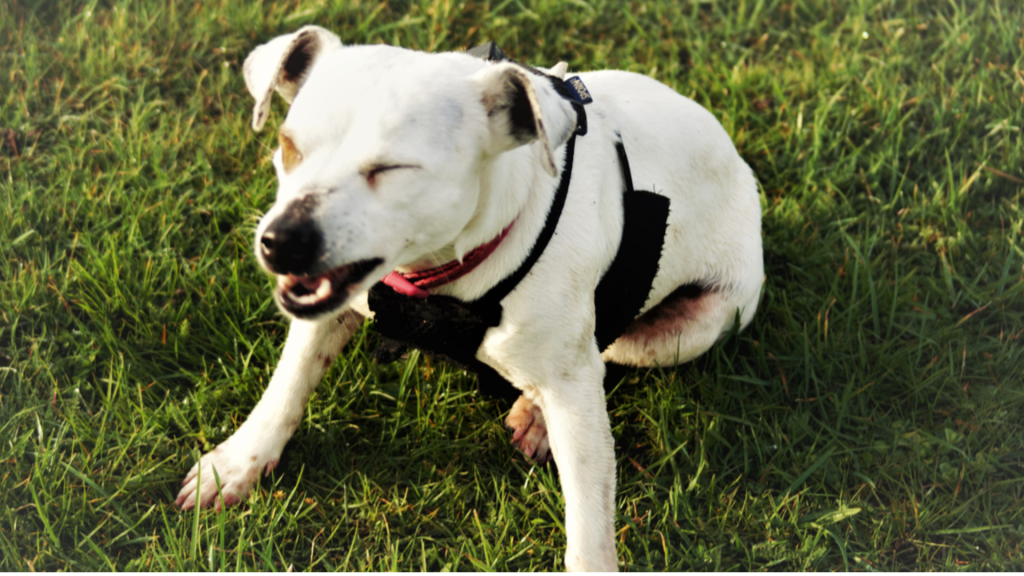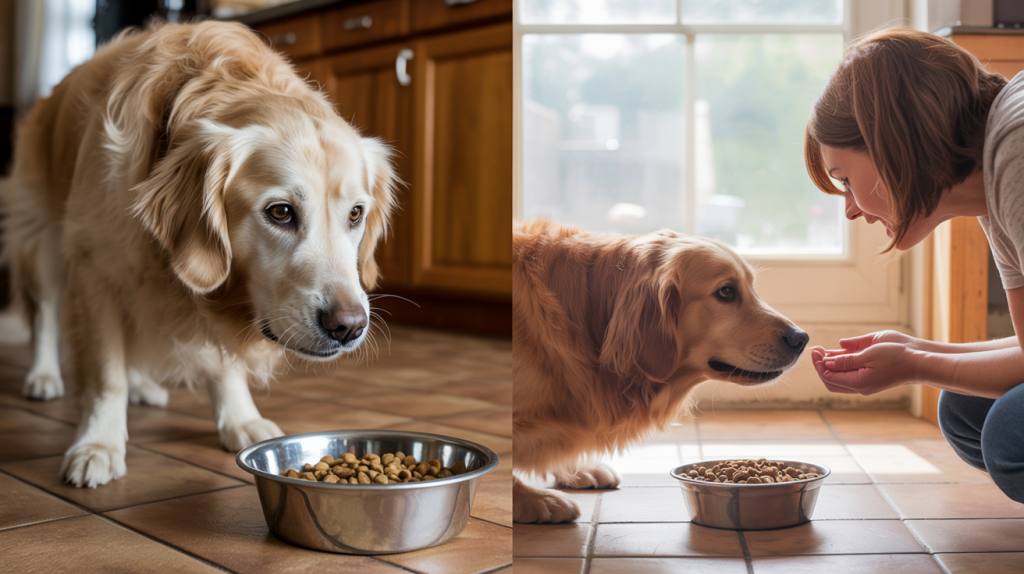Many dog owners worry about leaving their pets alone for extended periods. The question, Can dogs hold their pee for 24 hours? comes up frequently in pet forums and vet offices. It’s a valid concern that affects millions of pet parents worldwide.
The truth about canine bladder capacity isn’t as simple as a yes or no answer. Several factors determine how long dogs can comfortably hold their urine, and 24 hours pushes well beyond safe limits for most pets.
This blog will answer all your questions about dogs and their pee, the risks of extended holding periods, and provide practical guidelines for keeping your furry friend healthy and comfortable.
How Long Can Dogs Safely Hold Their Pee?
Dogs, just like humans, have different limits when it comes to holding their pee. Several factors influence this, such as age, breed, health status, and activity level. While some dogs can last hours without a potty break, others need more frequent trips outdoors.
The following is a guide to help you based on the dog’s life stage:
| Dog Category | Typical Safe Duration | Additional Notes |
|---|---|---|
| Puppies (Under 6 Months) | 1–3 hours | Puppies have small bladders and are still learning potty training. |
| Adolescents (6–12 Months) | 3–6 hours | Better bladder control, but still not fully developed. |
| Adult Dogs (1–7 Years) | 6–8 hours (up to 10 max) | Most adult dogs can hold it well with a proper routine. |
| Senior Dogs (7+ Years) | 4–6 hours | Aging bladders mean shorter holding times; this may vary by health. |
| Small Breeds | 4–6 hours | Smaller bladders = more frequent breaks. |
| Large Breeds | 6–8 hours | Can typically hold it longer due to a larger bladder capacity. |
| Crated Dogs (Any Age) | 4–6 hours max | Regular breaks are essential to avoid distress or health issues. |
| Sick or Incontinent Dogs | Varies greatly | Medical attention needed; may require more frequent bathroom breaks. |
Can Dogs Hold Their Pee for 24 Hours?
Most adult dogs can hold their pee for about 8 to 10 hours, and in some cases, up to 12 hours, especially overnight when they are inactive.
However, expecting a dog to hold their urine for 24 hours is unsafe and can lead to serious health risks, including urinary tract infections, bladder damage, and kidney issues.
Puppies, senior dogs, and smaller breeds need even more frequent bathroom breaks, sometimes as often as every 1 to 4 hours, due to their limited bladder control.
If a dog has not urinated for more than 12 hours, it is crucial to contact a veterinarian, as this could indicate a medical emergency.
Regular bathroom breaks every 4 to 6 hours are recommended to ensure your dog’s comfort and urinary health. Holding pee for 24 hours should never be considered safe for any dog.
Health Risks Relating to Dogs Holding Their Pee for Too Long
Dogs have remarkable bladder control, but making them hold their pee for too long can lead to serious health complications. Regular, timely bathroom breaks are essential for your dog’s comfort and well-being.
The following are the main health risks associated with dogs holding their pee for extended periods:
1. Urinary Tract Infections (UTIs)
When a dog holds urine for too long, bacteria in the bladder have more time to multiply, increasing the risk of urinary tract infections. UTIs can cause pain, frequent urination, and discomfort. If left untreated, infections may spread to the kidneys, leading to more severe health problems and requiring prompt veterinary attention.
2. Bladder Stones and Crystals
Stagnant urine in the bladder can lead to the formation of crystals and stones. These mineral deposits irritate the urinary tract, causing inflammation, pain, and sometimes blockages. Bladder stones can make urination difficult and, if not treated, may require surgical intervention to remove.
3. Kidney Damage or Failure
Retaining urine puts extra pressure on the kidneys, as toxins and waste products are not eliminated efficiently. Over time, this can contribute to kidney damage or even kidney failure. Chronic retention increases the concentration of toxins, which can harm the kidneys and other organs, potentially becoming life-threatening.
4. Bladder Overdistension and Incontinence
Holding urine for long periods can overstretch the bladder muscles, reducing their efficiency. Chronic overdistension may lead to urinary retention, where the dog cannot fully empty the bladder, and eventually to incontinence. This loss of bladder control can become a long-term issue, especially in older dogs.
5. Bladder Rupture
In extreme cases, if a dog is unable to urinate at all, the bladder can become dangerously overfilled and rupture. A ruptured bladder spills urine into the abdominal cavity, causing severe pain, infection, and toxicity.
This is a life-threatening emergency that requires immediate veterinary care.
6. Increased Risk of Urinary Cancer
Prolonged retention of urine allows carcinogens in the urine to remain in contact with the bladder lining for longer periods. Over time, this may increase the risk of developing urinary tract or bladder cancers, especially in dogs forced to hold their pee frequently over the years.
7. Behavioral and Emotional Stress
Dogs that need to urinate but cannot may become restless, anxious, or whine excessively. They may also start having accidents indoors, even if they are house-trained.
This behavioral distress is a sign of discomfort and can negatively affect their overall well-being.
8. Pain and Discomfort
Holding urine for too long causes significant pain and discomfort. Dogs may show signs such as whining, pacing, or licking their genitals. Persistent discomfort can lead to reduced activity, changes in appetite, and a decline in quality of life.
9. Toxin Buildup and Systemic Illness
If urine is not expelled regularly, toxins and waste products accumulate in the body.
This buildup can lead to systemic illness, making the dog very sick, and in severe cases, can be fatal without prompt treatment. Regular urination is vital for flushing out these harmful substances.
What to Do If Your Dog Can’t Pee for 24 Hours
If your dog hasn’t peed for 24 hours, this is a medical emergency and requires immediate action. Do not attempt home remedies or wait for symptoms to resolve on their own.
Contact your veterinarian or an emergency animal hospital right away, as urinary blockages can be life-threatening if not treated promptly. While waiting for professional help, ensure your dog has access to fresh water, but do not force them to drink or administer any medications.
The veterinarian will assess your dog, possibly perform diagnostic tests, and may use a catheter to relieve the bladder or recommend surgery if there’s an obstruction. Timely intervention is crucial to prevent severe complications, so always act quickly if your dog cannot urinate.
The Bottom Line
Your dog’s health depends on regular bathroom breaks, and 24-hour holds can cause serious medical problems.
Most adult dogs need relief every 6-8 hours, while puppies and senior dogs require more frequent opportunities.
If you must be away for extended periods, consider dog walkers, pet sitters, or doggy daycare. These solutions protect your dog’s physical health and emotional well-being.
Don’t risk their comfort or health by pushing natural limits. A happy dog is one whose basic needs are met consistently.

